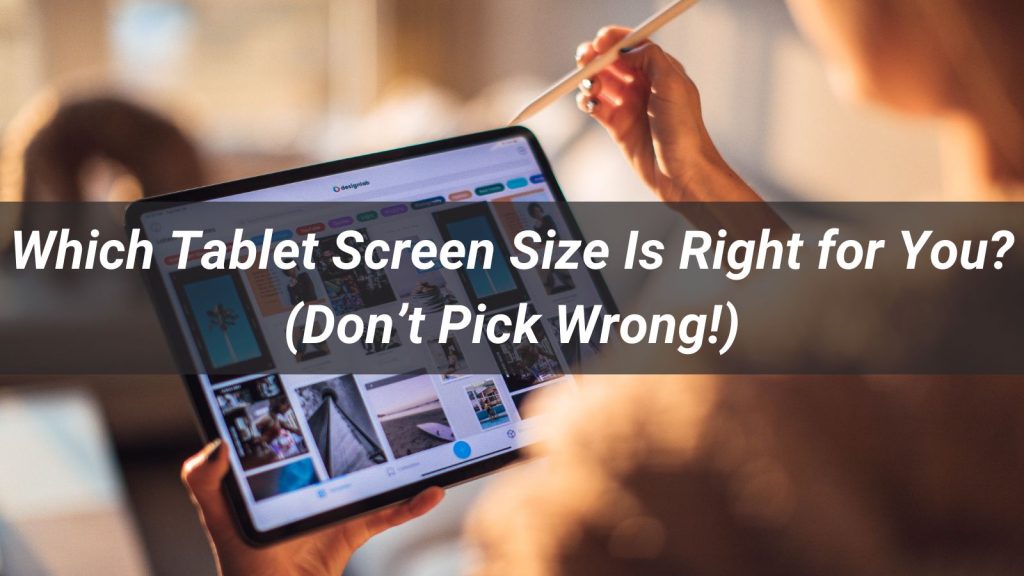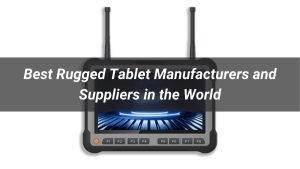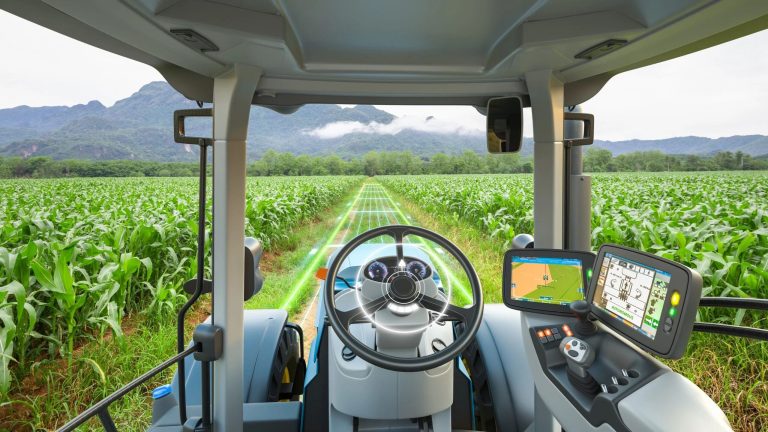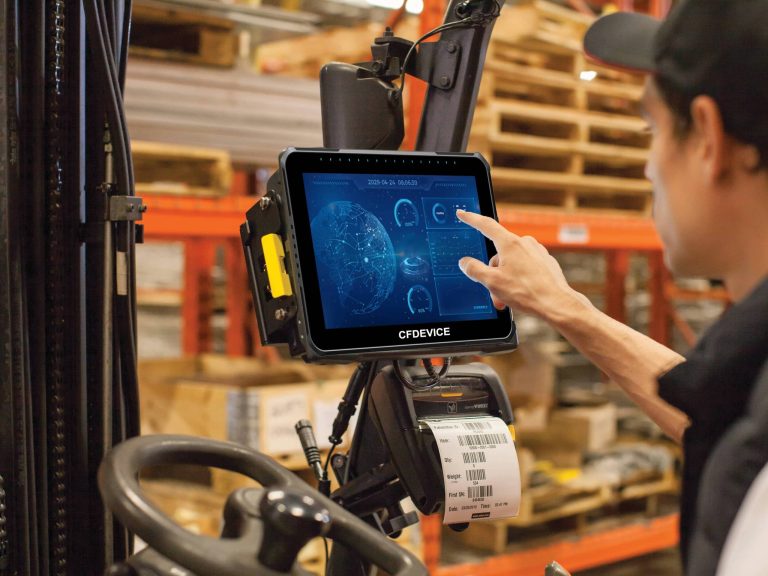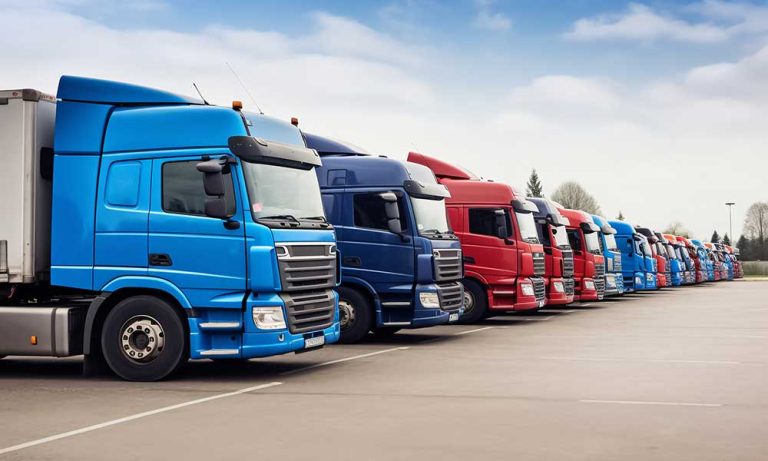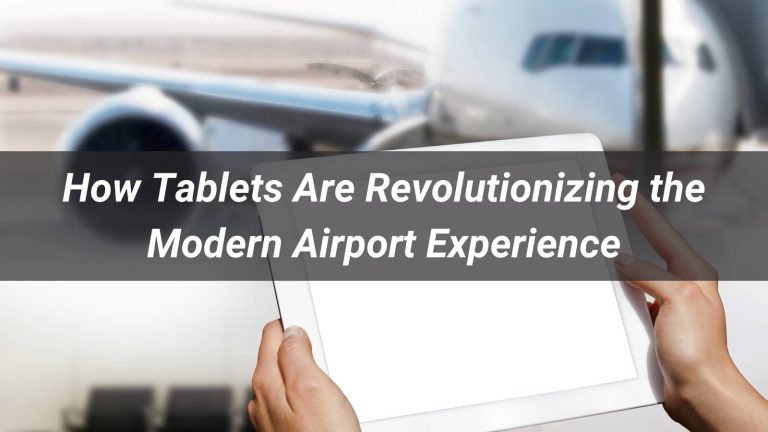When shopping for a new tablet, one of the most important decisions you’ll make is selecting the right screen size. The tablet display size affects everything from portability to usability, whether you’re streaming movies, working remotely, or sketching digital art.
With so many options available—from compact 7-inch models to expansive 12-inch tablets—how do you know which one is right for you? In this guide, we’ll break down the pros and cons of different tablet screen dimensions and help you find the best fit for your lifestyle.
Why Tablet Screen Size Matters
Before diving into specific sizes, it’s essential to understand why the tablet screen size plays such a crucial role in your experience.
- Portability vs. Usability – Smaller tablets are easier to carry, while larger screens offer better visibility for work and entertainment.
- Battery Life Impact – Bigger displays often consume more power, affecting how long your tablet lasts on a single charge.
- Multitasking Capabilities – If you frequently split-screen apps or use a stylus, a larger tablet screen provides more room to work efficiently.
- Eye Comfort – Reading or watching videos for long periods is easier on a screen that matches your needs—too small, and you’ll strain your eyes; too big, and it may feel unwieldy.
Now, let’s explore the different tablet screen sizes and who they’re best suited for.
1. Compact Tablets (7 to 8 Inches) – Best for Portability
Who Should Consider a Small Tablet Screen?
- Frequent travelers
- Casual readers and e-book lovers
- Parents looking for a kid-friendly device
- Anyone who wants a tablet that fits in a jacket pocket
Pros:
✅ Ultra-portable – Fits easily in small bags or even large pockets.
✅ Lightweight – Comfortable for one-handed use during commutes.
✅ Affordable – Typically the cheapest tablet screen size option.
Cons:
❌ Limited screen space – Not ideal for multitasking or detailed work.
❌ Smaller text and icons – May require zooming for comfortable reading.
❌ Less immersive for media – Movies and games feel more cramped.
Best Uses:
- Reading e-books and comics
- Quick web browsing and social media
- Light gaming on the go
Popular Models: CFDEVICE VCM V8 PRO, TANK V2
2. Mid-Sized Tablets (9 to 10 Inches) – The Sweet Spot for Most Users
Who Should Consider a Medium Tablet Screen?
- Students taking digital notes
- Movie and TV show enthusiasts
- Casual artists and doodlers
- Professionals who need a balance of portability and functionality
Pros:
✅ Versatile for work and play – Big enough for productivity, yet still portable.
✅ Great for media consumption – Movies, YouTube, and games look better than on smaller screens.
✅ Supports multitasking – Split-screen apps are more usable than on compact tablets.
Cons:
❌ Not as pocket-friendly – Requires a small bag or backpack.
❌ Can be awkward to hold for long periods – May need a stand or case for extended use.
Best Uses:
- Watching Netflix and streaming videos
- Taking notes with a stylus
- Light photo editing and digital art
Popular Models: iPad (9th/10th Gen), Samsung Galaxy Tab S9 FE
3. Large Tablets (11 to 12 Inches) – Powerhouse for Productivity
Who Should Consider a Large Tablet Screen?
- Digital artists and graphic designers
- Professionals using tablets as laptop replacements
- Gamers who want an immersive experience
- Anyone who prioritizes screen space over portability
Pros:
✅ Excellent for multitasking – Multiple apps side-by-side work smoothly.
✅ Superior for creative work – More room for drawing, editing, and designing.
✅ Laptop-like experience – Paired with a keyboard, it can replace a computer for many tasks.
Cons:
❌ Heavier and bulkier – Not as easy to carry around.
❌ Higher price point – Typically the most expensive tablet screen size.
❌ Shorter battery life – Larger displays drain power faster.
Best Uses:
- Professional graphic design and illustration
- Video editing and content creation
- Replacing a laptop for work tasks
Popular Models: iPad Pro 12.9”, Samsung Galaxy Tab S9 Ultra
How to Choose the Right Tablet Screen Size for You
Still unsure which tablet display size is best? Ask yourself these questions:
What’s my primary use?
- Casual browsing → 7-8 inches
- Media and light work → 9-10 inches
- Professional tasks → 11+ inches
How often will I carry it?
- Daily commuting → Smaller is better
- Mostly home/office use → Larger screens offer more benefits
Do I need accessories?
- A stylus or keyboard may influence your choice (larger tablets work better with them).
What’s my budget?
- Bigger screens usually cost more, so balance size with affordability.
Final Verdict: Which Tablet Screen Size Wins?
There’s no single “best” tablet screen size—it all depends on your needs.
- For maximum portability → 7-8 inches
- For the best balance → 9-10 inches
- For power users → 11+ inches
If possible, try holding different sizes in-store before buying. Think about how you’ll use your tablet daily, and choose the screen size that enhances your experience.
Further Reading
- Top 10 Best Linux Tablets for 2025
- What are computer controlled devices in agriculture?
- Linux Vehicle Mount Computers: Seamless Integration with Your Existing Systems
- MDM and MAM: What is the Main Difference?
- Exploring the Top 10 Manufacturers of Ag Leader Sprayer Monitors
- Top 10 Embedded Box Computer Manufacturers in the World 2025


